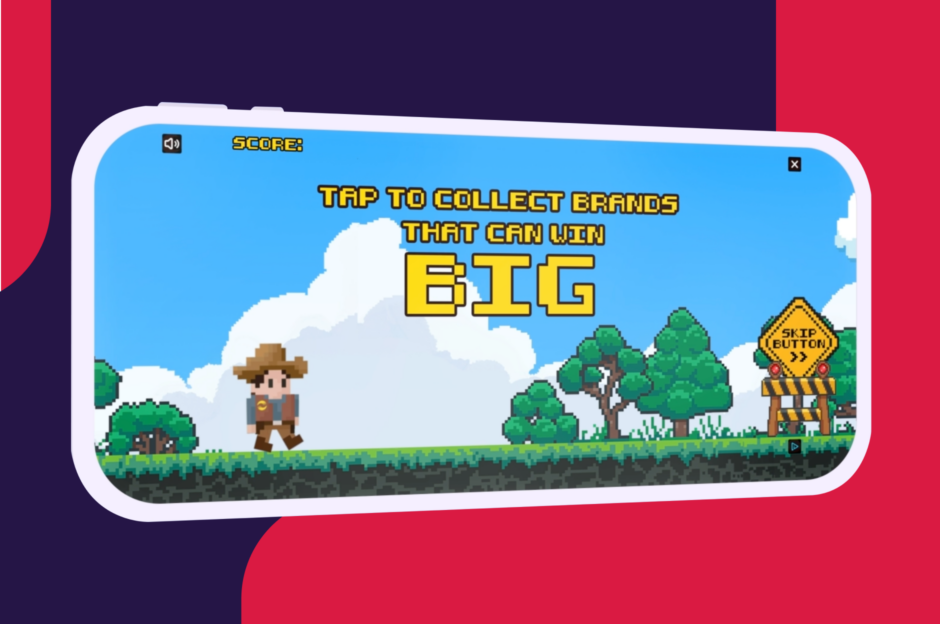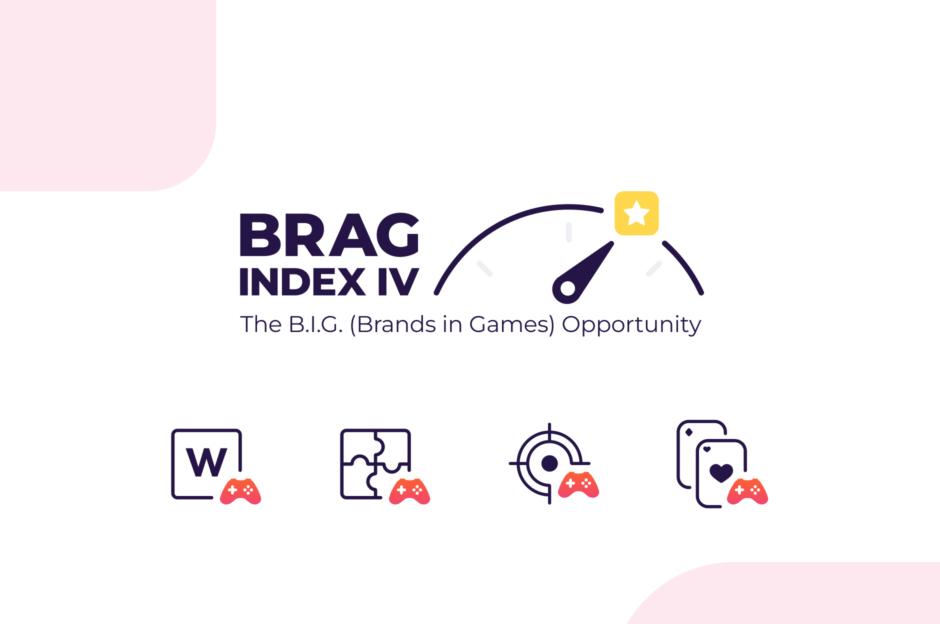2019 Update: How Does Brand Safety Impact Consumer Perception?

It’s now been two full years since the brand safety surfaced as a major issue. Since the problem has not dissipated, we surveyed consumers to check in on how their perception of social media and brand safety has changed – or how it has not. That original catalyst, when advertisers realized that their ads on YouTube were showing up next to harmful and offensive content, turning into a boycott of more than 250 advertisers across many outlets including Facebook and Twitter, may be long gone, but the issue persists.
While some advertisers have come back to these Google, Facebook, and Twitter, earlier this year a few major ones, including AT&T, Disney, Hasbro, Nestle, and Epic Games are pulling their ads from YouTube… again.
It’s clear that while significant moves have been taken to remedy (or at least alleviate) brand safety concerns from advertisers, the problem has not gone away – far from it. We found last year in our 2018 Brand Safety Study that what advertisers perceive as brand safety is definitely something consumers pick up on. At the time, 60% of consumers were personally encountering “hateful, inappropriate or offensive content” on Facebook alone, and “fake news” also abounded – so it’s no surprise that advertisers were worried about where their ads were appearing in social media and the negative impact it was having on their brand. Perception is everything!
The Digital Turbine Brand Safety Survey was distributed globally, with the majority (57%) of respondents from North America, followed by EMEA. Ages ranged from 16 to 75, participants were typically over 35 years old and skewed slightly female.
Some highlights from the findings:
- Mobile users prefer to encounter ads in mobile games (16%) over social media platforms like YouTube (15%), Snapchat (8%), and Instagram (7%). They do still expect and prefer to see ads on Facebook (36%) and Google (185), though.
- After seeing an ad in mobile games, 1 in 4 purchase advertised products or services. Despite Instagram’s recent moves to become more of a platform for e-commerce advertising, less than 1 in 8 consumers purchase after seeing an ad there.
- Facebook (60%) and YouTube (31%) are still the top places where consumers are seeing non-brand-safe content, more than the 18% that view it in mobile games. Nearly half (49%) of those surveyed say this “negatively impacts my perception of the advertiser” to see ads in proximity to this type of content.
- Mobile games have the lowest incidence of “fake news,” just 8% compared to a whopping 49% on Facebook, 25% on YouTube and 20% on Google.
The findings are clear: In 2019, consumers still care a lot about the ads they see, especially where they see it. Advertisers must still be vigilant about where they place their messages because one wrong move can result in a change in perception. It is still essential for companies to invest in brand-safe environments, like mobile gaming, where they can feel comfortable knowing their message is going out to the right audience and the reputation they’ve fought so hard to obtain is not being tarnished – or completely destroyed – by something out of their control.
Sign-Up
straight to your inbox.






